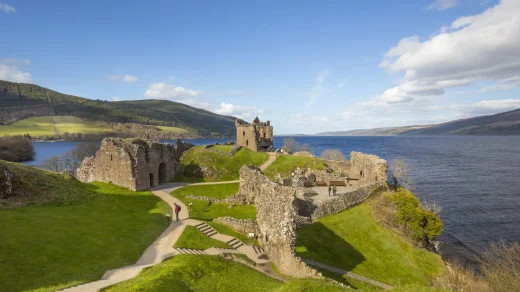Edinburgh has a fascinating history dating back thousands of years, with evidence of a settlement in the Cramond area from around 8500 BC.
The city’s name comes from ‘Eidyn’, the name for the region in Cumbric – the Brittonic language spoken in the Northern England and Lowland Scotland in the Middle Ages.
At this time a stronghold on Castle Roc k was called Din Eidyn, literally meaning ‘the hillfort of Eidyn’. As the Scots language evolved, the Din was replaced by ‘burh’, creating Edinburgh.
And there are plenty more clues to the Capital’s complex past in the names of the areas that make up the city, all of which come from a multitude of languages, backgrounds and people.
Here are 12 of them.
7. Duddingston

Formerly known as Treverlen or Traverlin, the name of Duddingston arrived in the 14th century. It was originally Dodinestun, meaning ‘Dodin’s Estate’, named after Dodin de Berwic, an Anglo-Norman knight who feued the estate from Kelso Abbey, who were gifted the lands by King David I.
8. Little France

Now home to the Royal Infirmary of Edinburgh, Little France’s name comes from the time when Mary, Queen of Scots took up residence at nearby Craigmillar Castle in 1566. Her large French entourage joined her, giving the area its Gallic-themed moniker.


